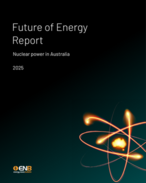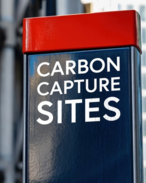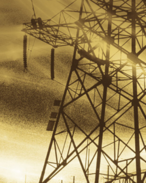It was a night of opposites and omissions as nuclear energy advocate and former Miss America Grace Stanke came to Perth to spruik the controversial energy option.
As reported in ENB, nuclear energy and influencer Stanke is on a whirlwind tour of Australia, speaking at a series of events hosted by the Dick Smith-funded Nuclear for Australia.
YOU MIGHT ALSO LIKE
Perth was Stanke's first engagement – just hours after landing from a long-haul flight from the US.
While it was well attended and organised, the age difference between Stanke and Will Shankel—her 18-year-old host and the organiser of Nuclear for Australia—and the evening's decidedly late-middle-aged (mainly male) audience could not have been more stark.
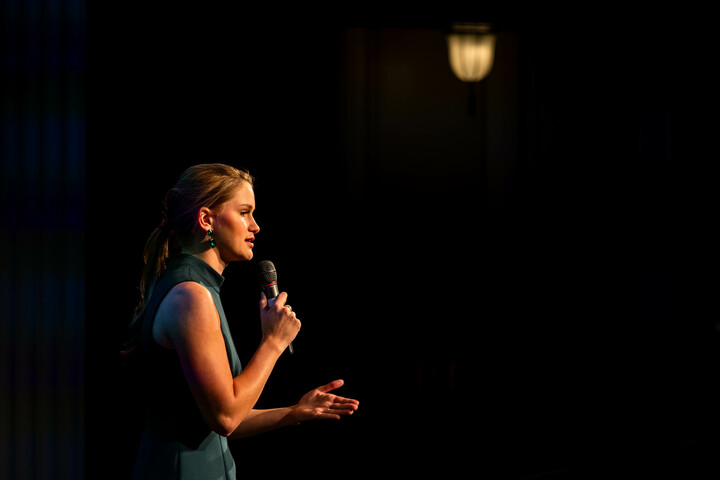
There were also no dissenting voices—not one.
At just 22 years old, Stanke spoke with confidence and enthusiasm about her journey to becoming what the Wall Street Journal described as the new face of nuclear energy.
As a 16-year-old considering university courses, she admitted her naivety about nuclear concepts.
"I knew nothing about nuclear. I knew bombs in World War Two from history class, and I was like, there's maybe two nuclear reactors in America. Maybe absolute maximum. No way. There's more. No way.
"What a flex it would be to say I'm a nuclear engineer. Imagine a high school class reunion - I will definitely win best career. I better because how do you top a nuclear engineer? My runner-up option was rocket scientist, but nuclear engineers seemed cooler," she enthused.
Stanke rattled off the well-rehearsed figures during a 20-minute presentation. She explained that America's 94 reactors provide 20% of the nation's power, leading to 6% lower bills for nearby communities.
She pointed out that radioactivity is actually present in everyday stuff like bananas, avocados, and even smoke alarms. And just to really drive the point home, she threw out: "You know, working in a nuclear power plant is actually safer than working in a grocery store."
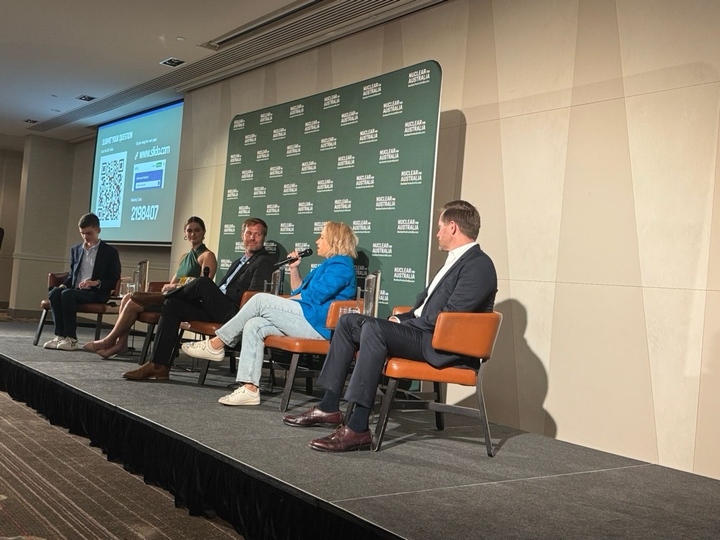
Following that, Shankel hosted a Q&A with Stanke, who sat alongside Mark Schneider, UBH Group's Chief Nuclear Officer, Jasmin Diab, president of Women in Nuclear (WiN) Australia, and Nate Smith, CEO of nuclear waste management at Tellus Holdings.
While it might be expected that an evening arranged purely to advocate for a nuclear-powered Australia might be light on critical voices, the total lack of dissenting questions was glaring.
All the usual supportive arguments were heard about how nuclear energy is a clean and safe technology ideally suited to Australia's geology and geography.
Heck, according to Smith, even nuclear waste disposal is a doozy.
But even when Diab was asked how long it might take to build a nuclear power plant in Australia, the elephant in the room was left ignored.
"If you could lift the ban tomorrow, get legislation through Parliament, you could start doing your site feasibility studies, your social license, your upskilling of a workforce, going out to tender to see what designs are most appropriate - that would take about three to four years, potentially five years, to do all of that properly.
"You could then turn dirt and have neutrons on the grid seven to 10 years later," she said matter-of-factly.
So, the president of Women in Nuclear Australia says we could have a reactor in 10 years at best and 15 years at worst.
And that's once the political and regulatory issues have been magicked away.
"And what's Australia meant to do in the meantime?" asked the lonely elephant.







